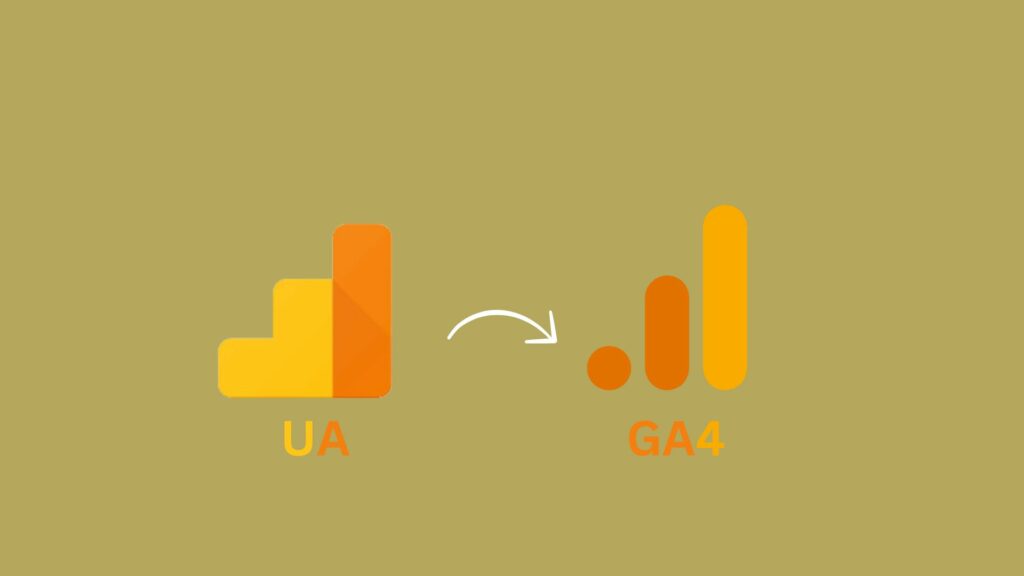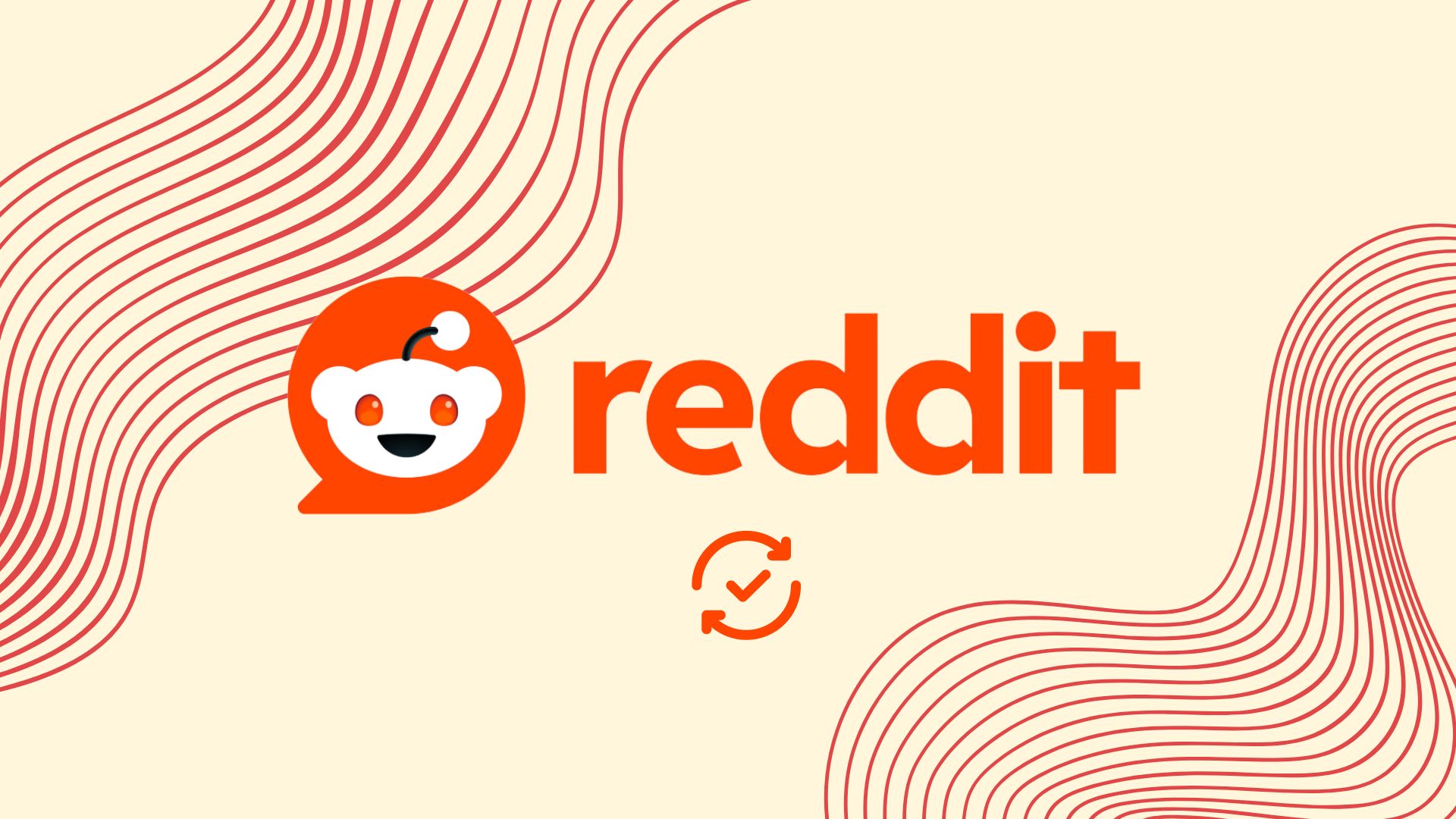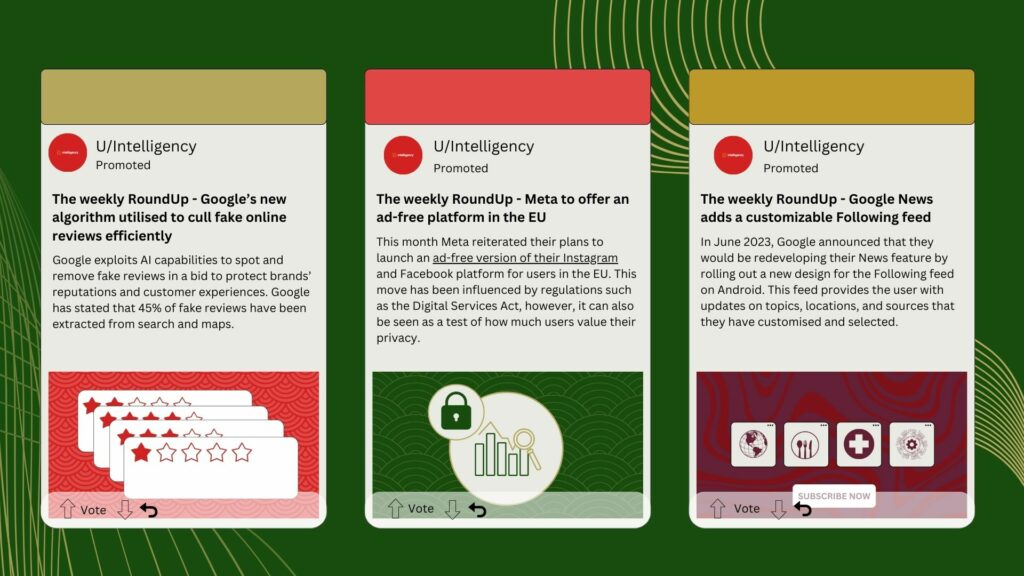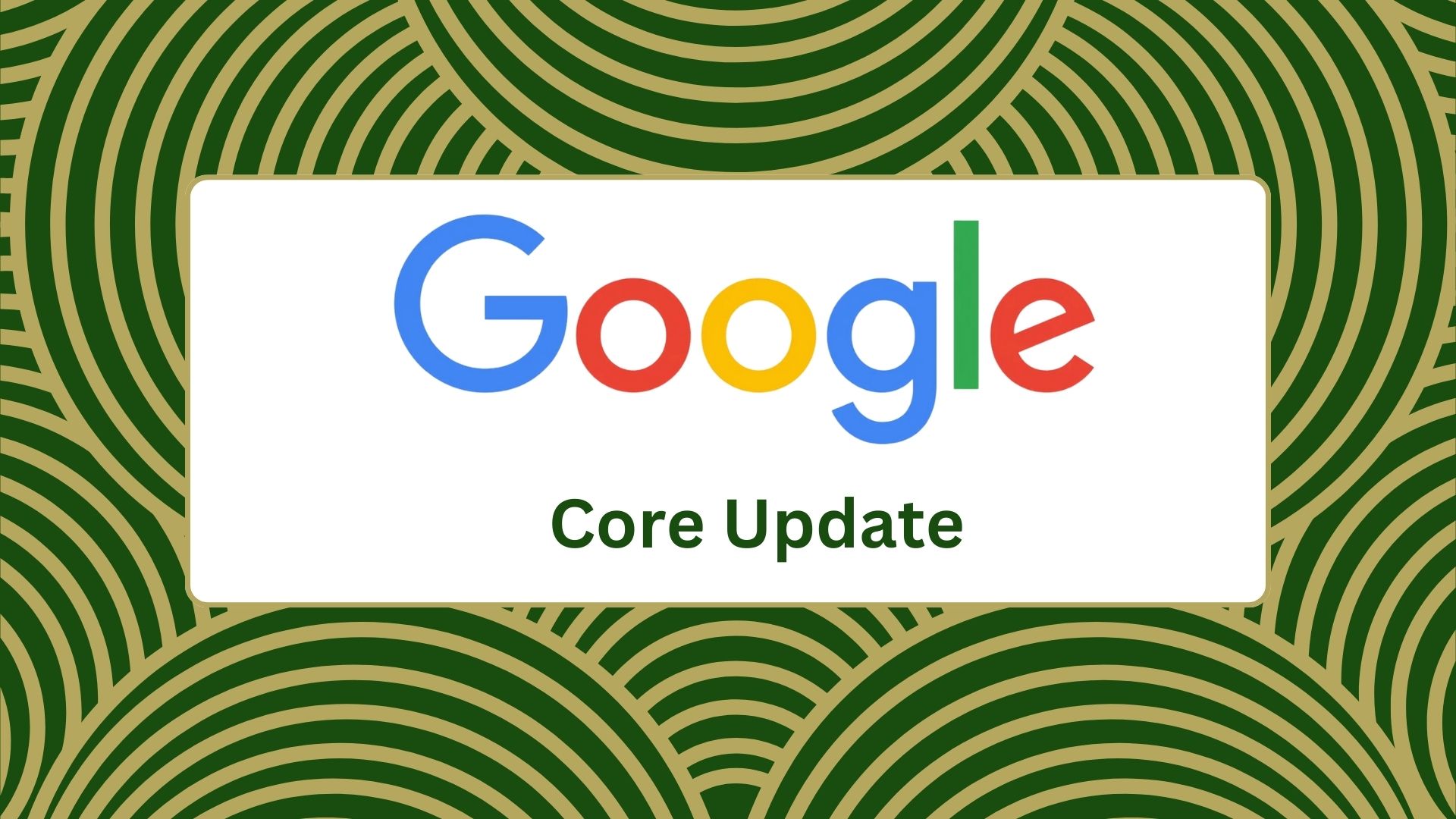
Google’s advice to struggling sites: Focus on audience and content quality
June 14, 2024 Posted by Sean Walsh Round-Up 0 thoughts on “Google’s advice to struggling sites: Focus on audience and content quality”Many websites struggle to attract organic traffic from Google Search, leading to frustration and confusion among site owners. Google’s Search Liaison, Danny Sullivan, has provided guidance on improving visibility and success through three core strategies: creating high-quality content, diversifying traffic sources, and building an engaged audience.
Sullivan emphasizes the importance of long-term SEO practices, moving beyond quick fixes and focusing on creating content that resonates with readers. Diversifying traffic sources and engaging directly with audiences through various channels are also crucial for sustainable growth. Finally, understanding that Google’s ranking system uses a variety of signals can help site owners develop a comprehensive SEO strategy.
Build for your audience
Building an engaged audience is crucial for long-term success. Sullivan shares his experience of growing websites from zero to authoritative entities through email lists, social media, and direct engagement. Cultivating a loyal audience requires consistent effort and a genuine connection with your readers. This involves not only creating valuable content but also engaging with your audience through various channels.
Developing multiple ways to reach and interact with your audience, such as through newsletters, social media, and community forums, can significantly enhance your site’s reach and influence. An engaged audience is more likely to return, share your content, and contribute to your site’s growth.
Long-term strategy, not short-term hacks
Success in SEO now hinges on a comprehensive approach that encompasses all elements of search engine optimization. This means paying attention to technical SEO, on-page and off-page SEO, user experience, and more. The future of SEO belongs to those who are willing to invest time and effort into understanding and implementing these elements effectively.
A long-term strategy focused on sustainable practices will yield better results than short-term hacks or loopholes. Google’s ranking algorithms are becoming increasingly sophisticated, rewarding websites that provide genuine value to users rather than those that exploit technicalities.
The importance of great content
Creating great content is fundamental to attracting and retaining an audience. High-quality content is not just about meeting SEO requirements; it’s about providing real value to readers. This means producing content that is informative, engaging, and relevant to your target audience.
Great content builds trust and authority, positioning your site as a reliable resource in your niche. It encourages users to spend more time on your site, share your content, and return for more. This sustained engagement helps improve your site’s ranking on Google over time.
Stay up to date with the latest Google Updates
Google frequently updates its algorithms to improve search quality and user experience. These updates can sometimes negatively impact websites that were previously performing well.
For sites affected by these changes, future updates might offer some relief. Danny Sullivan acknowledges that in some cases, issues could be on Google’s end rather than the site’s. It’s important for site owners to stay informed about these updates and adapt their strategies accordingly. Regularly reviewing and updating your content to align with the latest best practices can help mitigate the impact of algorithm changes.
Don’t just rely on SEO
Relying solely on Google Search for traffic is not a sustainable strategy. Successful websites attract traffic from a variety of sources, including direct visits, email referrals, links from other sites, and social media mentions.
Diversifying your traffic sources not only helps ensure a steady flow of visitors but also builds resilience against fluctuations in search engine algorithms.
By promoting your content across multiple channels, you can reach a broader audience and reduce dependence on any single source. This multifaceted approach enhances your site’s visibility and can lead to more consistent and reliable traffic growth.
By focusing on these key areas—high-quality content, diversified traffic sources, and building an engaged audience—site owners can improve their chances of success in Google Search. Embracing a long-term, holistic SEO strategy is essential for sustainable growth and visibility.


















